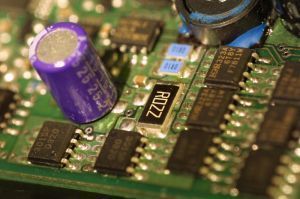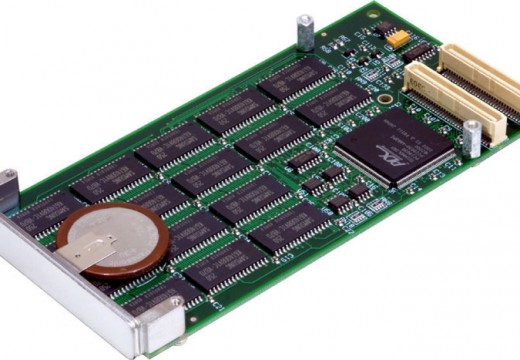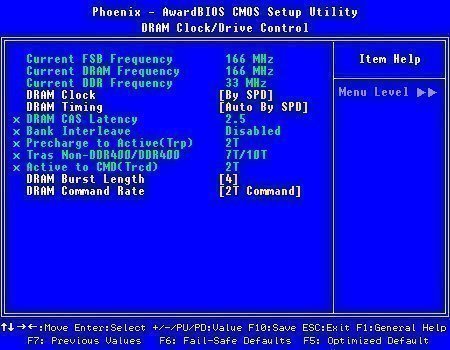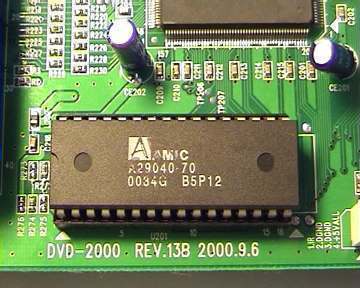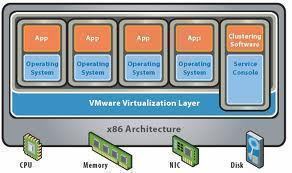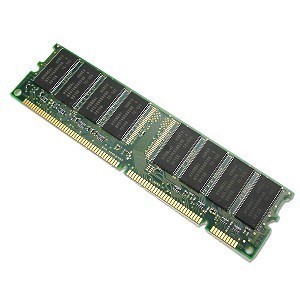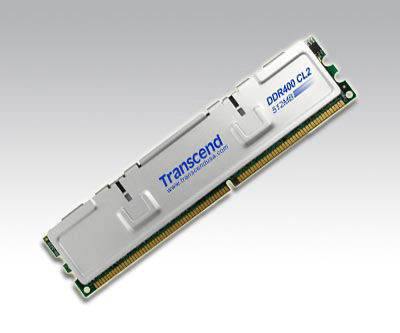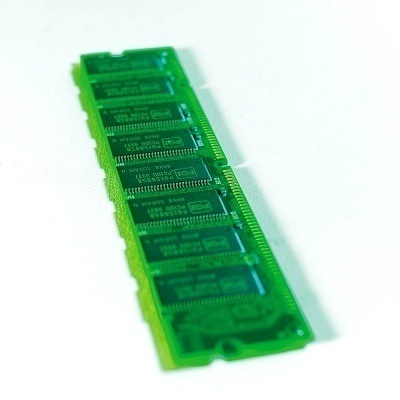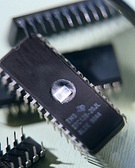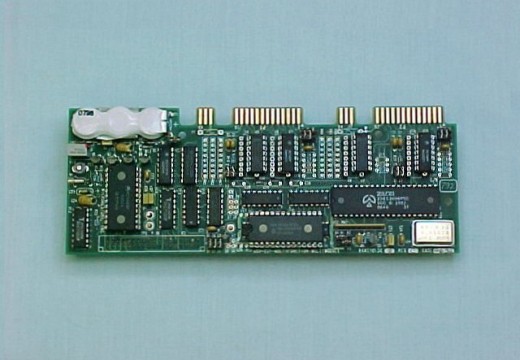Firmware
We all use electronic devices, whether they are mobile phones, computer routers, MP3 players, cable boxes, etc. These electronic devices include hardware, the physical electronic components and software, programs that help these components run effectively. Firmware is a mix of both. Firmware Firmware is usually defined as a type of program that runs within an …

